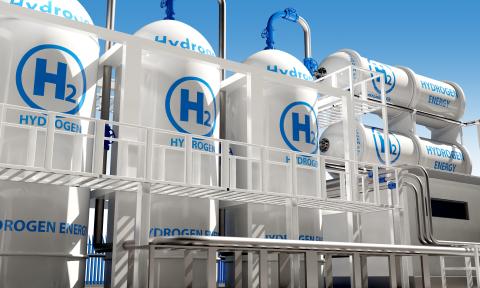Solar tariffs in India projected to increase by one-fifth over the next year
Download Full Report

Key Findings
Projections show ~21% increase in solar tariffs in the next 12 months, mainly due to 40% basic customs duty on imported solar modules
A lack of availability of domestic solar modules will be a major challenge for developers
Central and state governments must provide clarity on the timeline and scope of application for duty on modules and also the Approved List of Models and Manufacturers
Executive Summary
India recorded the lowest solar tariff so far of Rs1.99 per kilowatt hour (kWh) (~US$0.03/kWh) in December 2020. Since then, the lowest winning tariffs in utility-scale solar tenders increased by an average of 22% relative to the record-low tariff. This upward movement can be attributed to an increase in project cost and risk.
The main reason for a hike in project cost is the unprecedented surge in commodity prices. Other key factors include the impact of Basic Customs Duty (BCD) and Approved List of Models and Manufacturers (ALMM), a surge in demand for solar power, increased insurance premiums etc.
To understand the effect of this hike on solar tariffs, we performed a tariff analysis through financial modelling considering three different scenarios.
For projects where modules were already procured (by Q1 2022), the base case tariff expected is Rs2.43/kWh (US$0.0323/kWh). For projects where module procurement is expected after Q4 2022, if a developer can procure domestic modules, the tariffs are likely to decline by 7% vis-à-vis the base case scenario.
A substantial chunk of projects that are likely to be commissioned by 2024 would not be able to procure domestic modules due to lack of availability, amid growing demand in all solar segments. For developers who depend on imported modules, the tariffs are expected to increase by about 21% over the base case tariff (mainly due to BCD).
Technology will play a major role in maximising plant output. For example, if a developer opts for imported bifacial modules along with a single-axis tracker, about 20% to 22% generation gain can be achieved and this in part can compensate for higher tariffs.
Important underlying risks in future projects – such as supply chain constraint, commodity price volatility, interest rate rises, policy uncertainty etc – will shape solar tariffs.



















